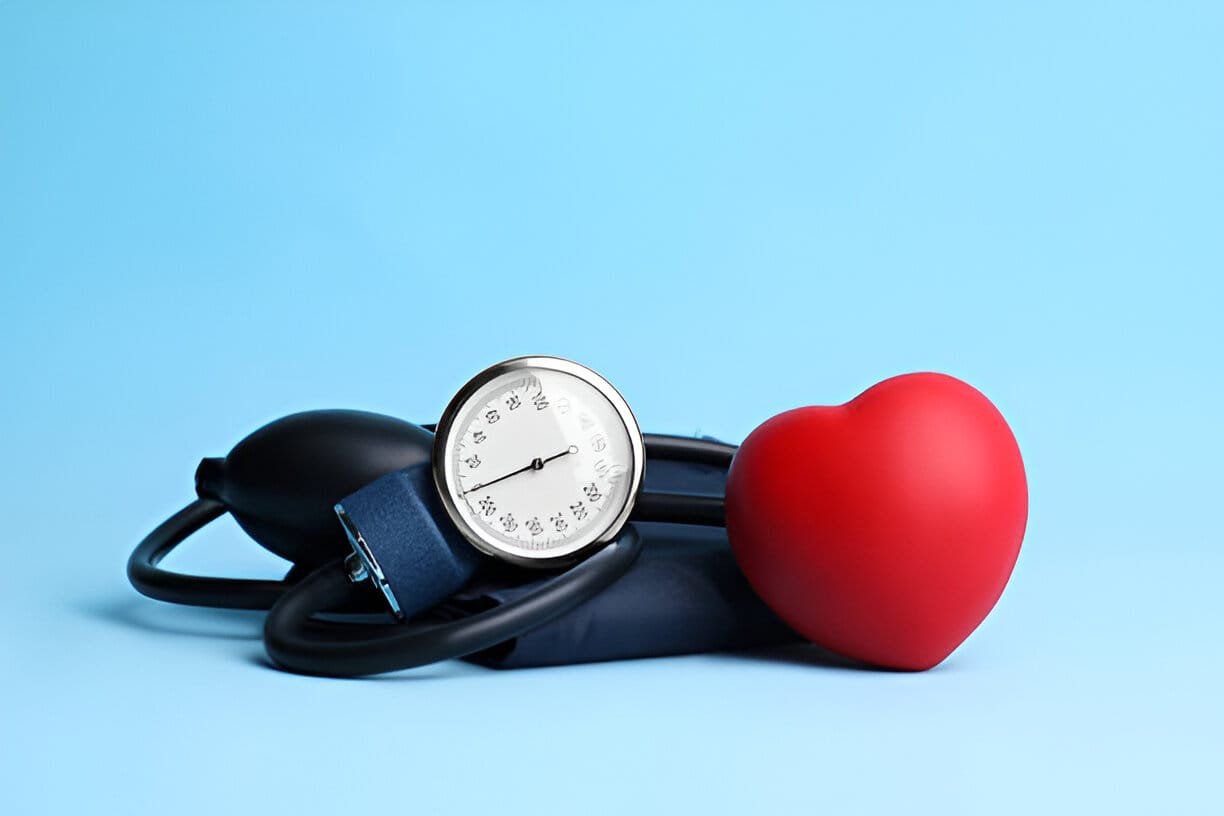Cardiac Care, Lifestyle Changes

If you experience dizziness upon standing for too long or you find yourself feeling more fatigued than usual without a clear explanation, these might be symptoms of hypotension or low blood pressure. While often considered a smaller concern compared to hypertension, if hypotension is not checked, it could bring about very significant health concerns. For most, it does no harm; however, it could be a warning sign that requires attention.
In this blog, we’ll explore the causes, symptoms, types, and prevention of low blood pressure to help you take control of your health and recognise when it’s time to seek medical advice.
Blood pressure is the force exerted by circulating blood on the walls of your blood vessels. The normal blood pressure reading is around 120/80 mmHg. Hypotension is diagnosed when readings consistently fall below 90/60 mmHg.
This condition does not always point to a health issue. For some people, especially athletes, low blood pressure might be normal. However, it can be a concern if it causes symptoms or is linked to an underlying issue.
Low Blood Pressure or Hypotension is a condition that is essentially a reduced blood flow to organs, potentially leading to symptoms like dizziness or fainting.
There are four types of low blood pressure:
By discussing these categories, we are able to determine why blood pressure becomes low and understand why it needs to be classified for effective treatment.
Low blood pressure can be initiated by many causes, including:
Knowing why blood pressure may be low may provide the best intervention.
One common reason for low blood pressure is dehydration, which may easily be reversed by increasing fluid intake. Chronic illnesses such as diabetes or thyroid disorders require long-term treatment. Some causes, like blood loss due to injury, require immediate medical attention, while others may develop over time. Knowing the cause will help manage the condition better.
While some people with hypotension remain asymptomatic, other low blood pressure symptoms may include:
Identifying early symptoms is a vital part of identifying low blood pressure. In case of someone inquiring about “low BP symptoms”, they need to look for such symptoms often experienced.
Some people may exhibit slight symptoms, such as experiencing dizziness some of the time. Others are admitted to the hospital for having shock, which, apart from confusion, includes clammy skin and an increased rate of pulse. The condition should be detected before complications develop.
Low blood pressure symptoms might not be the same for children and younger adults. Parents may look out for persistent fatigue or difficulty concentrating. These could signal a need to see a doctor.
Low readings of blood pressure are not inherently dangerous. For example, while a reading is normal for some at 100/60 mmHg, the same reading may cause a problem for others. Hence, quite frequently, people ask the question, “What is dangerously low blood pressure?” Actually, readings below 90/60 mmHg can be worrying, especially if accompanied by symptoms. For example, diastolic pressure of less than 60 mmHg might hamper the proper flow of blood to vital organs.
Routine blood pressure monitoring is vital for people with risk factors. Most electronic sphygmomanometers now permit users to store their measurements to detect patterns or causes of recurrent episodes of low blood pressure.
The diagnosis of hypotension includes:
Proper diagnosis leads to the underlying causes being dealt with immediately.
For example, individuals who often have symptoms will need constant follow-up for possible triggering factors. Consultation with a cardiologist or endocrinologist may be required to exclude complicated causes, such as adrenal insufficiency or arrhythmias.
So me of the common treatments are:
Lifestyle changes are usually recommended as the first line of treatment.
For instance, patients who are susceptible to low blood pressure are often advised against standing for long periods or to get up slowly from a sitting position. In extreme cases, hospitalisation may be required to stabilise the condition.

Preventive measures include:
Following these steps will allow you to avoid the risk factors of hypotension. You may also engage in stress management, such as yoga or meditation, to keep blood pressure stable. For those people who are exposed to hypotension episodes, it is equally important to avoid triggers, such as a sudden change in temperature or overeating.
Low blood pressure or hypotension can vary from harmless to life-threatening. It is important to understand the causes, symptoms, and treatments, you can take proactive steps for the effective prevention and management.
If your symptoms of low blood pressure persist, do not hesitate to consult Atrius Cardiac Centre for evaluation and proper treatment.
Remember, low blood pressure is not always dangerous, but being informed and prepared can make a huge difference in maintaining overall health.
Take charge of your heart health with Atrius Cardiac Care. Whether you’re managing low blood pressure or seeking preventive care, our expert team is here to guide you every step of the way. Schedule your consultation today and make your well-being a priority!